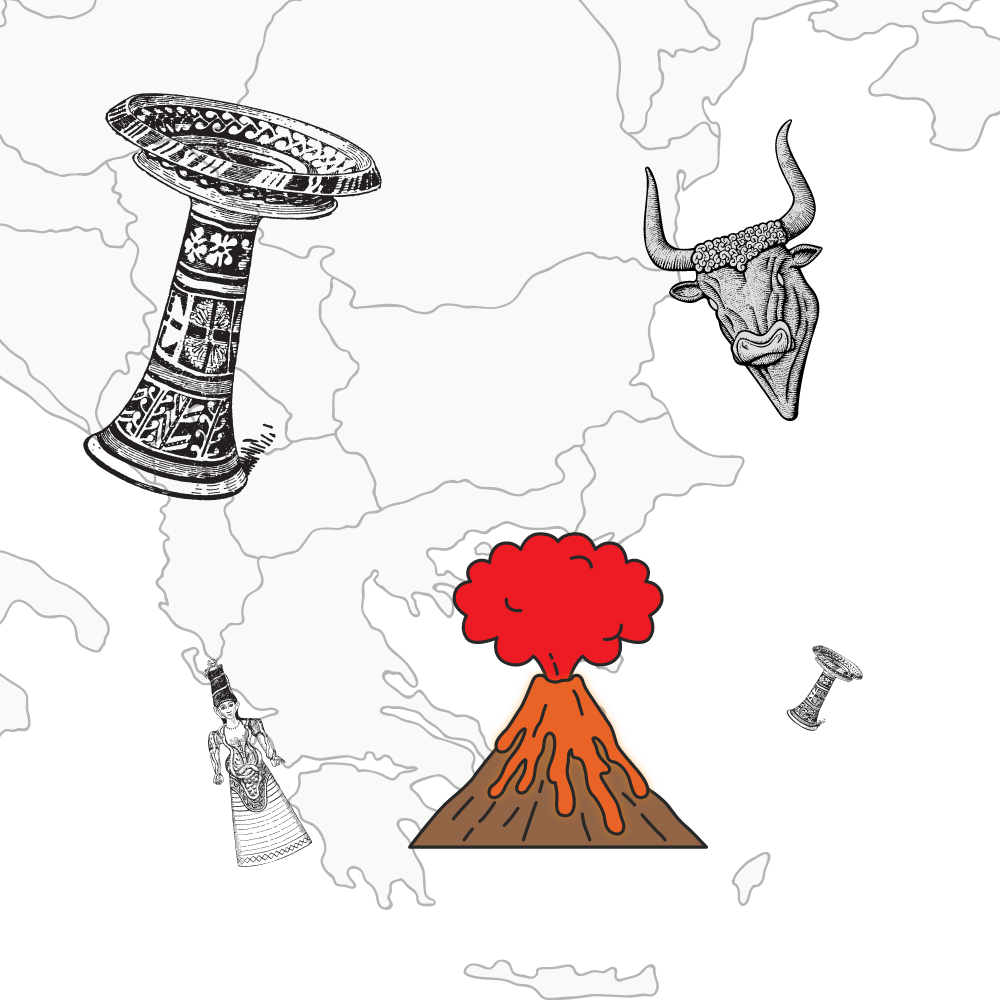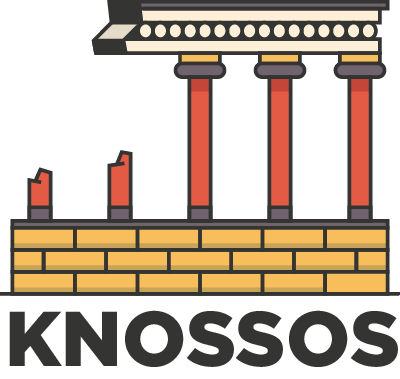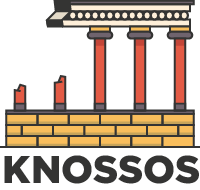
The Mysterious Disappearance of the Minoan Civilization
Table of Contents
The Minoan Civilization has been a source of fascination for archaeologists and ancient history enthusiasts alike. This Bronze Age civilization emerged in Crete and thrived from around 3000 BCE to 1450 BCE. The Minoans were known for their unique achievements, such as their thalassocracy, advanced architecture, and trade relations with other civilizations. However, despite their remarkable accomplishments, the Minoan civilization came to an abrupt end in 1450 BCE. This blog post aims to delve deeper into the possible cause of their downfall.

The Minoan Empire and their Legacy
The Minoan civilization existed on the island of Crete in the Mediterranean Sea. This empire flourished from 3000 BCE to 1450 BCE, during which time they were one of the most advanced civilizations in the region. They were known for their maritime influence, which allowed trade with other civilizations in the Mediterranean, Near East, and Egypt. Their architecture was highly advanced, and the Palace of Knossos is a shining example of this.
One of the most significant aspects of the Minoan empire was their advanced architecture (even when we speak about war). The Palace of Knossos is one of the best-known examples of Minoan architecture. This palace served as the administrative and religious center of the Minoan empire. Its design was complex, with more than a thousand rooms, dozens of staircases, and several stories. The walls were decorated with beautiful frescoes, depicting daily life and rituals of the Minoan people.
Another excellent achievement of the Minoan civilization was their influence on later cultures. Many early civilizations, such as the Greeks, Romans, and Egyptians, were inspired by the Minoans’ artwork, writing, and religion. Their writing system, which was called Linear A, has yet to be completely deciphered, making it a mystery to this day. It is believed that what we know of this writing system reveals valuable information about their culture and way of life.
The Palace of Knossos and its Murals
The Palace of Knossos is famous for its large and intricate size. With such a massive structure, it comes as no surprise that it was the center of Minoan religious and political life. Within the walls of this palace, many frescoes were uncovered that depict everyday life and rituals of the Minoan people. These murals show that the Minoans’ culture was significant in their daily lives.
One of the fascinating aspects of these murals is that they seem to depict female nudity and potential human sacrifice. These depictions have caused controversy among historians and archaeologists. In Minoan culture, women had an important role in society, and these murals challenge the traditional views that women were only second-class citizens. It is believed that the murals represented religious rites and beliefs, which were sacred to the Minoans.
For archaeologists and historians, the murals are an important source of information about the Minoans. They provide insights into how the Minoans lived and interacted with the world around them. The murals also demonstrate their artistry, which influenced later artists in the Mediterranean world.
Theories on the Demise of the Minoan Civilization
The Minoan civilization’s end is shrouded in mystery and has been a subject of fascination for many. Theories abound as to what caused such a massive civilization to come to an end so abruptly. One of the most popular explanations is the idea that the Minoans were wiped out by a massive volcanic eruption.
Archaeological evidence reveals that a large volcanic eruption occurred on the island of Santorini around 1500 BCE. This eruption caused massive damage to the surrounding civilization and resulted in tsunamis that wiped out coastal settlements. Many historians and archaeologists believe that the Minoans were also affected by this eruption, which might have led to their downfall.
While the volcanic eruption theory has its supporters, there are other possibilities to be considered. Some historians point to a possible invasion by foreign powers, which could have undermined the Minoan Civilization. Others believe the Minoans fell due to internal conflict or natural disaster. With so much focused on the volcanic eruption theory, other theories have not been well-explored.
Economic Overextension and Trade Disruptions
The prosperity of the Minoan civilization, deeply rooted in its vast maritime trade networks, faced a precarious decline due to disruptions in these networks caused by geopolitical shifts and natural disasters.
Trade relations, extending from Egypt to mainland Greece, underscored the Minoans’ economic interdependence with other ancient civilizations. However, the catastrophic eruption of Thera (Santorini) and the subsequent tsunamis around 1600 BCE severely impacted maritime routes, while the ascendancy of the Mycenaeans disrupted the balance of power, potentially commandeering trade paths once dominated by the Minoans.
This combination of environmental calamities and geopolitical upheavals likely led to economic instability, underscoring the inherent risks of the Minoans’ reliance on external trade networks and contributing to the enigmatic decline of one of the Mediterranean’s most advanced ancient civilizations.
The Minoan Civilization left an indelible mark on the Mediterranean world, despite their mysterious disappearance. Their advancements in architecture, art, and trade were influential on later civilizations. The theories on what caused their sudden downfall will continue to be studied and debated among historians and archaeologists. This civilization’s mystery only adds to its allure, making it a worthwhile subject of study for enthusiasts of ancient history.




